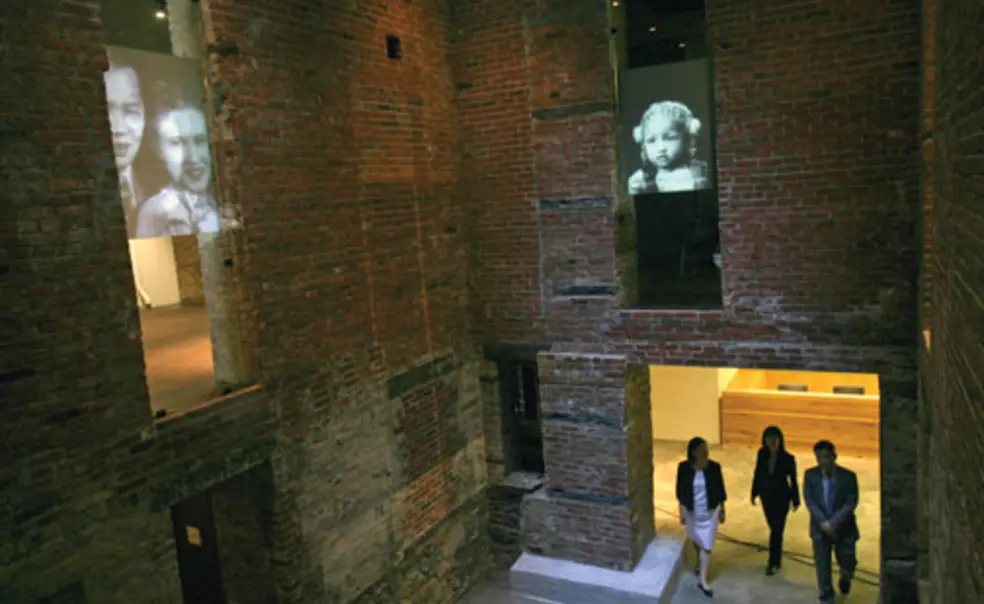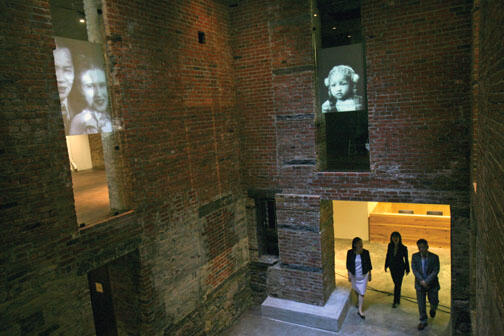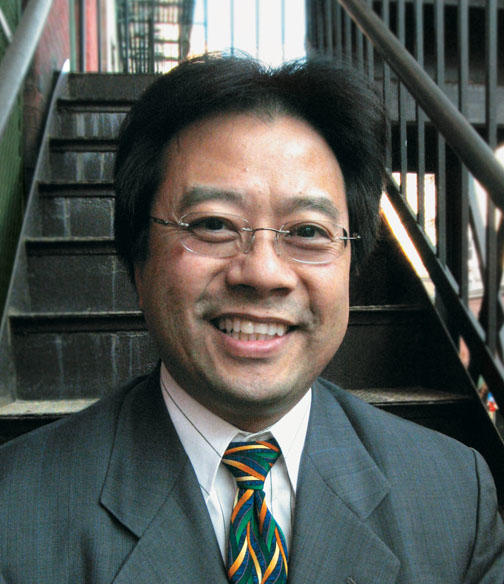Telling the story of Chinese-Americans
Charles Lai ’78’s expanded museum opens in New York City
This summer, the Museum of Chinese in America (MOCA) moved from its longtime home on the second floor of a converted school in New York’s Chinatown to a spacious new facility, designed by Vietnam Memorial architect Maya Lin, on the Lower East Side. The move, which was celebrated with a grand opening Sept. 22, represented the culmination of three decades of work by Charles Lai ’78.
A community organizer by trade and temperament, Lai co-founded the museum in 1980, launching it with an exhibit he co-created on the lives of Chinese men who had arrived in the United States at the beginning of the 1900s and, finding most of commercial life closed to them, had sweated in the city’s laundries. Lai, whose family emigrated from Hong Kong in 1968 and lived in a one-bedroom apartment near Chinatown, saw these men as the foundation that had enabled his generation to move beyond the world of manual labor.
Lai wanted Chinese-Americans to understand their history. But he also wanted the larger society to understand the impact of Chinese immigrants. “There are so many groups that have built this country,” Lai says. “It’s a story that really needs to be told.”
The centerpiece of the new building — nearly six times larger than its former venue — is a two-story atrium representing a traditional Chinese courtyard. Encircling it is the museum’s core exhibition, which uses photographs, artifacts, videos, and re-created interiors to trace 200 years of Chinese experience in America. The facility has space for visiting scholars to study the museum’s extensive archives of personal papers, old Chinese-language newspapers, clothing, signs, furniture, and other items. Another gallery features revolving exhibitions, such as the work of contemporary artists from China living in America.
After college, Lai, whose mother worked in garment factories and his father in restaurants, returned to the Lower East Side, where he directed vocational training programs, managed the museum, and, later, implemented the Asian American Federation of New York’s 9/11 Relief, Recovery, and Rebuilding Initiative. “I knew that people fought to make it possible for me to attend [a place like Princeton],” he says. “I thought I should do no less.”














No responses yet